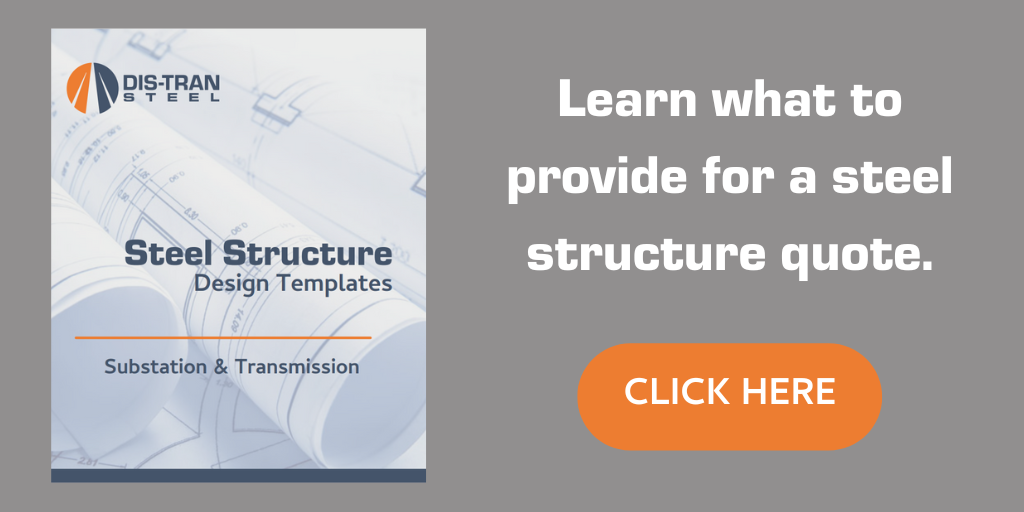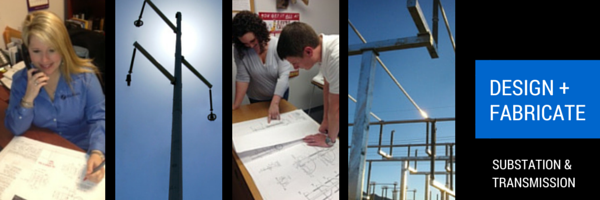Unfortunately, substation and transmission steel structures don’t have a “buy one, get one free” coupon, but there are ways to reduce lead times as well as save money in the process.
*The more information a customer provides on the request for quote (RFQ) the more accurate the estimator can be on manufacturing costs, omitting room for contingencies.
There are simple ways to cut lead times and costs that are sometimes overlooked. It really helps the estimator when the bid is neat, plans are in place, an expeditor on staff or even negotiate in the bid stage. Also, something as simple as specifying the required delivery date in the RFQ, or suggest that bidders supply two bids: one meeting their schedule and one with their standard schedule (this will help during negotiations.) Customers can even look into becoming an Alliance Partner in order to get every detail of their project from start to finish, communicated directly to them, with tailored service and a personal “go-to” coordinator.

Lead times are also typically reduced when the steel fabricator receives shop ready drawings because this helps eliminate the engineering process. Another way is to negotiate with the fabricator- it might be difficult at times, but it could help reduce lead times. Many of these bids are based on the fabricator’s backlog at the time the project is quoted, so if a customer needs a better lead time than what is shown in the quote, they shouldn’t hesitate to ask. Not only does this allow the customer to get the best date possible, but the fabricator can pin-point a production slot for the work in advance, which makes production planning easier on the supplier.
Here are a few things to provide when submitting a bid to help save money and get the best lead times:
- Shop-ready drawings
- Technical specifications
- General arrangement drawings or engineering drawings
- Plan and profiles
- Loads (tensions, equipment cut sheets, environmental loads, etc.)
- Site address and contacts
- Delivery date
What effects delivery from a customer’s side?
When changes are made far into the process, it can cause a snowball effect on the fabricator’s other projects. If a customer misses their production slot due to changes, the next available slot may be weeks or months out.
From the fabricator’s side?
Shop capacity is the main factor. Fabricators book work with the intensions of filling their available shop capacity while maintaining sales goals. Secondary to shop capacity is engineering capacity, which may affect lead times on design jobs that are engineering intense. So, as a customer, you want to be sure to obtain information regarding the fabricator’s shop and engineering capacity.
How a bid comes together from a fabricator's point of view:
- Submit to proposal administrator, such as a specific person or email address
- Quote is logged and filed electronically/hardcopy
- Quote is reviewed for scope and schedule by estimating manager
- Next…
- If engineering required: goes to engineer for preliminary design and weight takeoff
- If no engineering: goes to estimator for weight takeoff
- Materials and direct costs are estimated by estimator
- Terms and specifications are reviewed by estimator
- Schedule and margins discussed with estimating manager
- Proposal submitted by proposal administrator to customer
Since fabricators are doing several bids per day, and if the requested time to put together a proposal is two weeks, then having all of the information neat, organized and complete will help ensure the best price and lead time.

